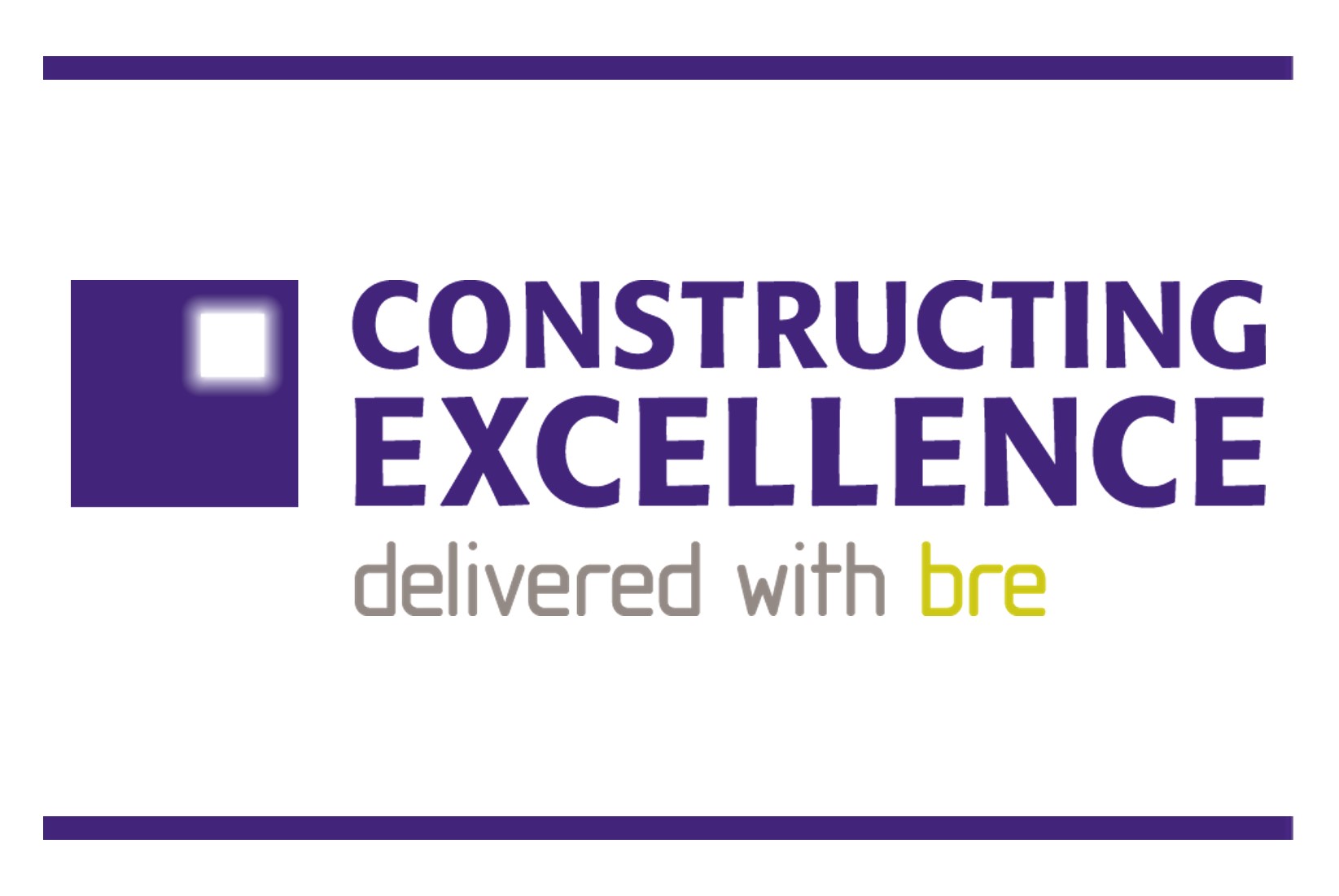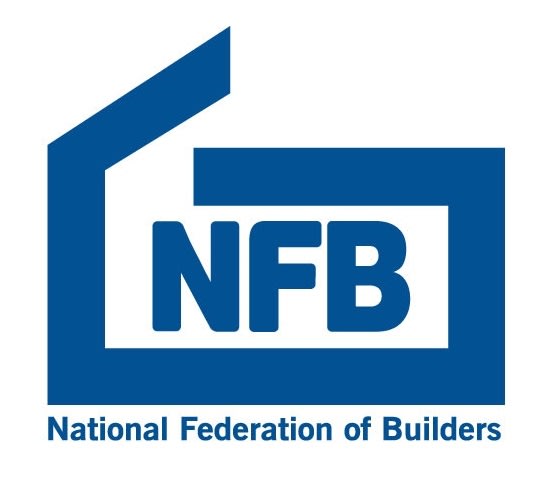Leadership of innovation

Continuing with the theme of innovation, this month Martyn Jones explores how we might lead the purposeful innovations needed to address the challenges being set by our focus and theme groups: climate crisis, building safety, adopting smarter construction, and developing future skills.
Although leadership is needed right across construction’s value chains, construction clients and their immediate advisors and consultants have a key leadership role in responding to change and unlocking the necessary innovation in their value chains.
We all know that the leadership clients and their advisors exercise is vital to the direction and success of all construction projects given that they set the purpose, values, missions, culture, operating system and governance, thus setting the environment in which everyone in the project plays their part.
Serial clients with their accumulated experience and greater enlightenment, coupled with their greater influence over construction teams and supply chains, are well placed to lead, engage with, motivate, and enable their construction partners to perform to their best, and to help drive the innovation we need.
Research undertaken by the Centre for Creative Leadership (CCL) suggests that the most successful and innovative leaders explain the purpose and outcomes of the innovation they seek and how it connects to their values and desired outcomes. But also, importantly the benefits to their partners for their commitment and appetite for the change they seek.
It means understanding and explaining the need for change, its purpose, making a compelling business case, having a clear purpose and clearly defined desired outcomes, and shaping a common goal around which everyone can coalesce.
Purpose doesn’t thrive without intentional effort. To create a sustainable culture of innovation-driven leadership, leaders need to embody, promote, and sustain a sense of purpose in all their interventions and decision-making.
And change leaders need to collaborate across boundaries, encourage employees and partners to break out of their silos and – as we argued last month – be open to ideas from within and outside construction.
Leaders who effectively practice such boundary spanning can benefit from cross-organizational innovation and cross-functional and interdisciplinary learning to solve problems and develop creative solutions.
Purpose-driven leaders adopt value-based decision-making, take time to learn what truly matters to their project partners, connect work to a greater objective, and help them understand the change project’s mission and ways in which they can personally connect to it
And picking up on a longstanding Constructing Excellence principle, trusting cross-boundary partnerships can help in adapting to change, sharing and managing the risks and rewards, and engaging and empowering the workforce in key players in project teams and supply chains
The research by the CCL reaffirms that change and innovation is difficult and to negotiate it successfully leaders show resilience and persistence, with a willingness to step outside their comfort
zones. They also devote sufficient of their own time to the change effort and remain focused on the big picture. On the other hand, unsuccessful change leaders fail to adapt to challenges, express negativity, and convey premature impatience with a lack of progress and results.
Strategic change doesn’t happen on its own. Effective change leaders need to guide the process from start to finish. They develop a strategy and a clear action plan, including priorities, timelines, tasks, structures, behaviours, and the necessary resources – identifying what will change, but also what will stay the same.
And here’s another thing, translating strategy into execution is one of the most important things leaders can do. Successful change leaders focus on getting key people into key positions (or removing them, in some cases), once again reinforcing the importance of team selection.
They also break big – often daunting change projects – down into small wins to get early victories and build momentum. And they develop metrics and monitoring systems to measure progress. On the other hand, unsuccessful change leaders micromanage, get mired in implementation details, fail to keep focused on the bigger picture, and give up all too quickly.
The CCL reminds us that change evolves over time and that stability and change must coexist — which is not a problem to solve, but rather a polarity to manage and that change leaders must acknowledge and address both simultaneously.
















